Delhi -> Kohima/Nagaland – PAP hoi hoi
6. November 2025
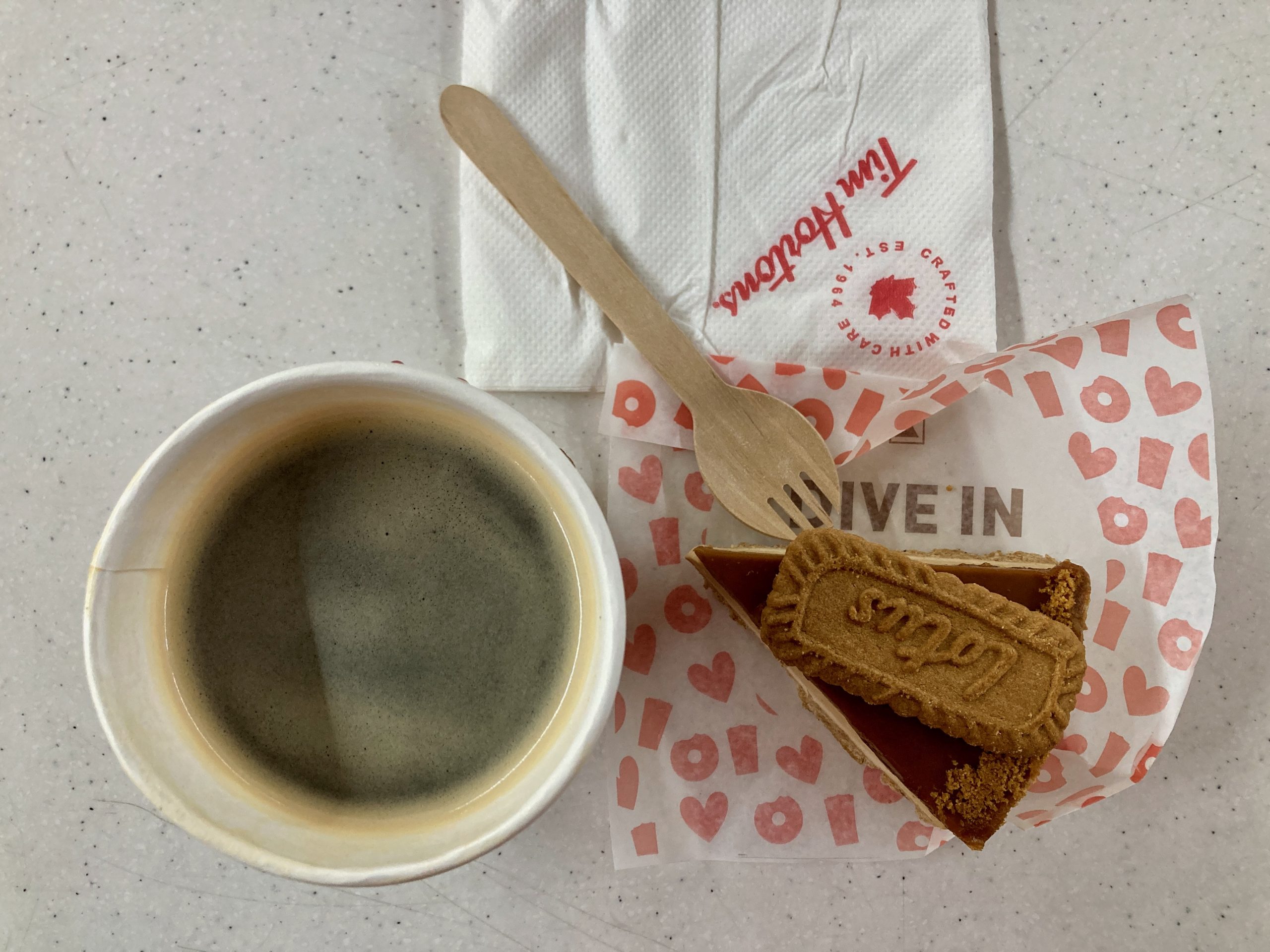
I barely slept that night and got up very early to head to the airport. I passed the long waiting time there with a strange sort of breakfast: an overpriced coffee and a slice of cake. Somehow, that has become my little ritual whenever I have to be at Delhi airport so early — it feels wonderfully foreign and special.
I had expected — and somewhat feared — to be screened out before the flight for not having the PAP yet, but that didn’t happen. So off I went, onto a not-quite-full plane.
 plane-tail
plane-tail
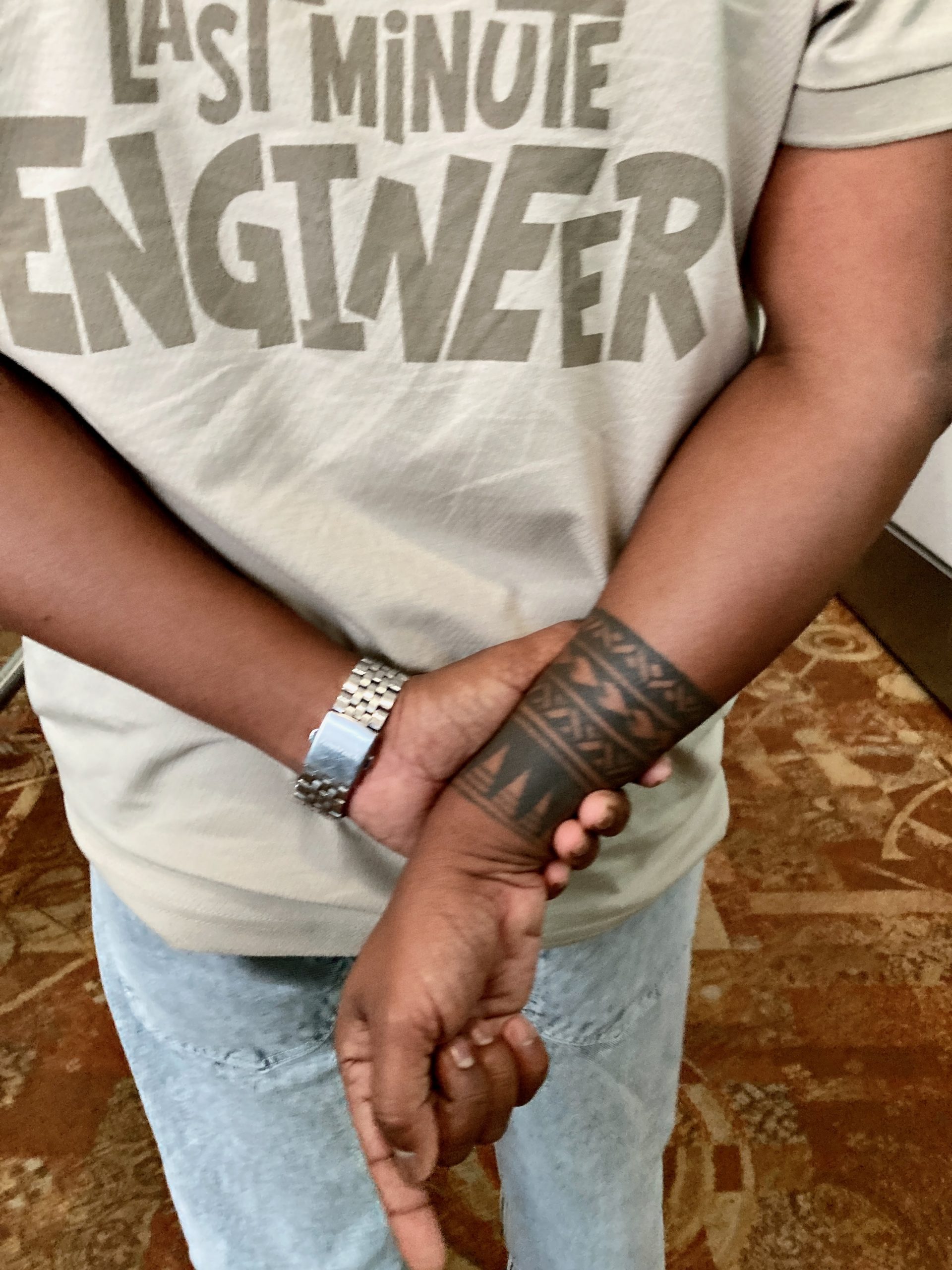 entering before me
entering before me
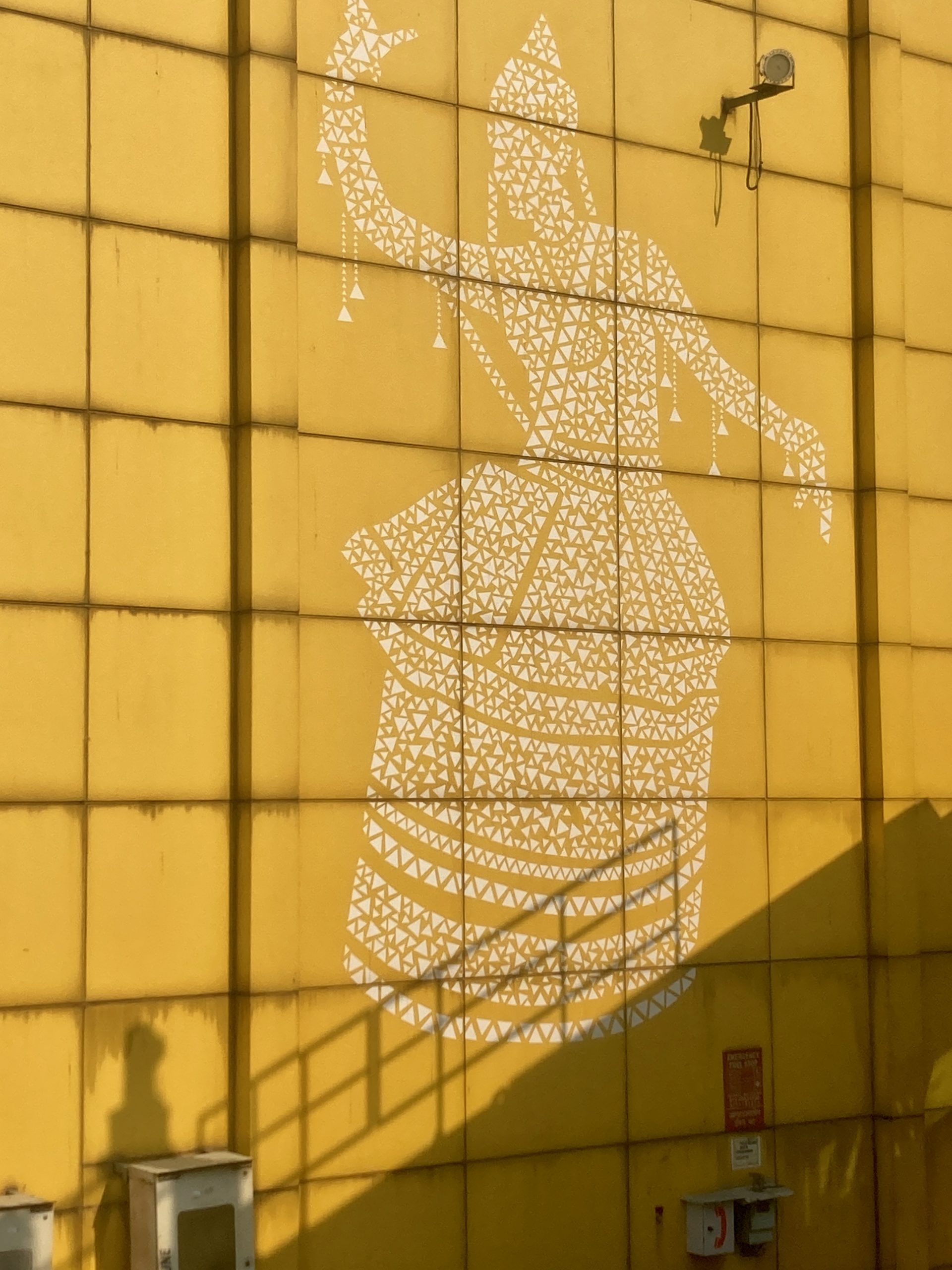 nice airport-deco
nice airport-deco
I lucked out with a window seat and a stunning view of the Himalayas. Once they were gone, we dipped over Guwahati and then down towards the biggest city in Nagaland: Dimapur
 Himalaya in the back
Himalaya in the back
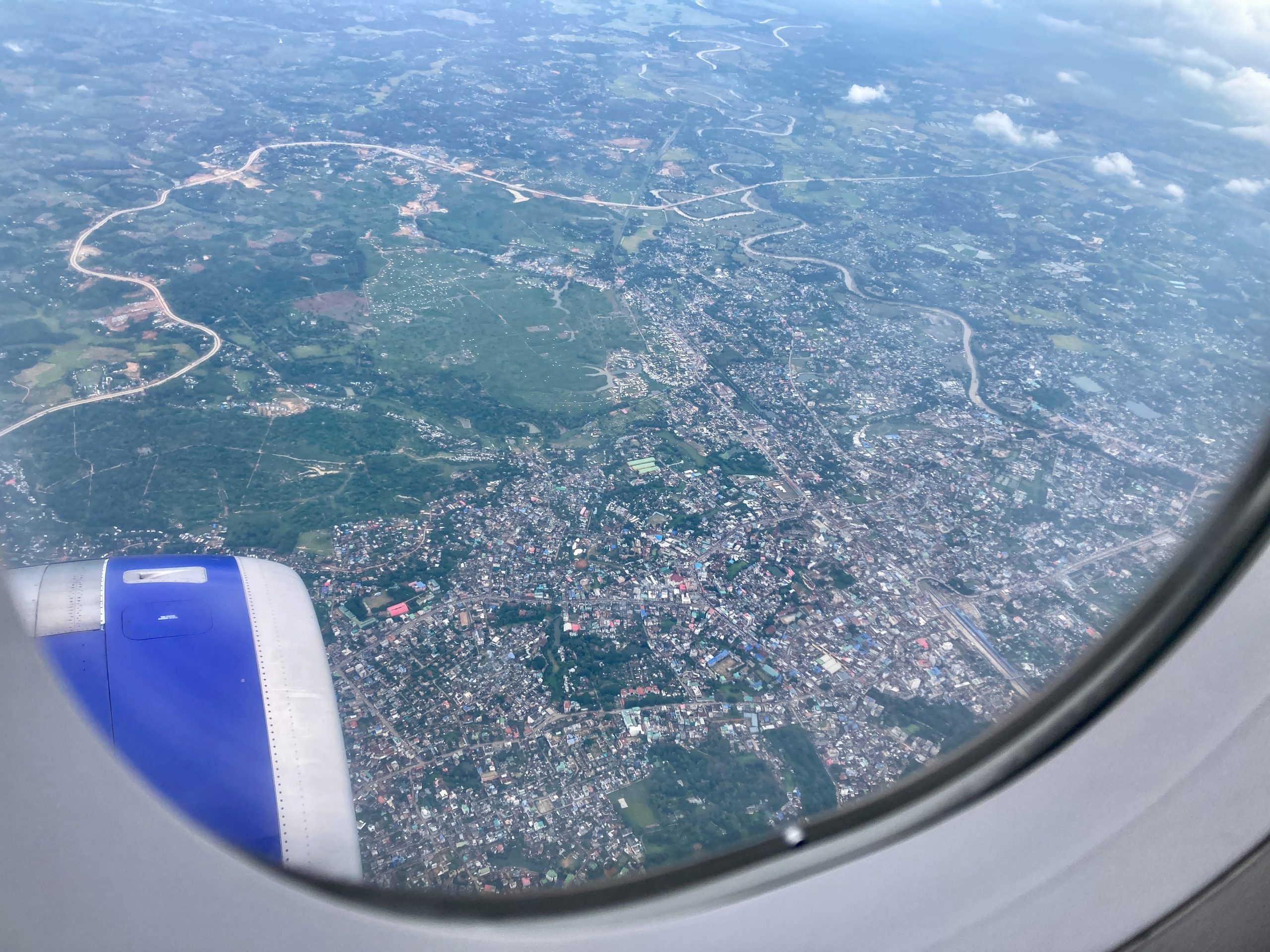 Guwahati
Guwahati
A small, rather shabby-looking airport (they’re building a fancier one near Kohima). Warm, humid air. Grey skies. Two luggage belts. My bag arrived quickly. And right there was a little “Foreigners Registration” booth, with four or five important-looking uniformed officers behind it. Nervously, I went over. They asked, I showed, I explained — and they were actually quite friendly. When I mentioned that someone was waiting outside to pick me up, everything suddenly smoothed out. One of the kind uniformed women even walked me out, we found Abul — and he signed a form saying he’d be responsible for me. And that’s what it was! I was in Nagaland!
A stone fell from my heart. And then an email arrived: they had received my application — and it now had a new reference number.
And then I set off, wide-eyed, on my tour through Nagaland! There are, I think, two kinds of eyes — what I call “my eyes” and the “bad tourist eyes”. My eyes tend to look past the unpleasant things and take joy in what’s there — or at least find it interesting. But sometimes I travel with others who see only the negative. They don’t even have to say anything; I can just feel it — and then I find myself feeling a bit ashamed for the country. So stupid! And this time, I somehow had those bad tourist eyes myself. I caught myself imagining what my future travel group might see — and suddenly all the negatives loomed larger: the decay, the dirt, the brokenness.
 Dimapur
Dimapur
We were soon out of Dimapur. The road was anything but smooth and even — full of potholes and steep downhill stretches. It rains a lot — and things slide a lot.
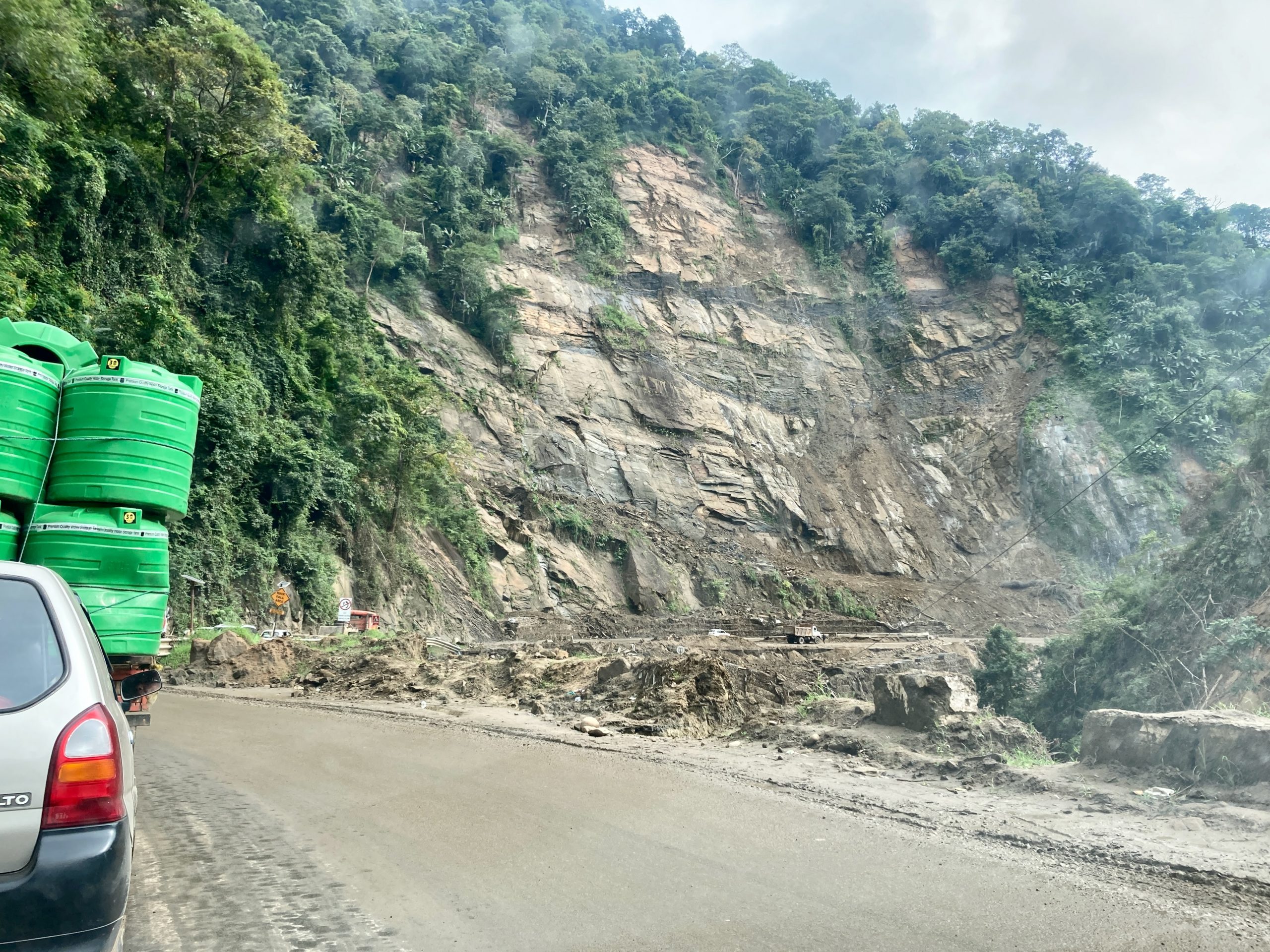 out of Dimapur
out of Dimapur
Soon, hunger started to set in. My driver is Muslim. With over 90% Christians in Nagaland, I had assumed that maybe a few people still followed traditional beliefs — but it turns out there are also others. About 3% of the population are Muslim, and they even have their own restaurants:
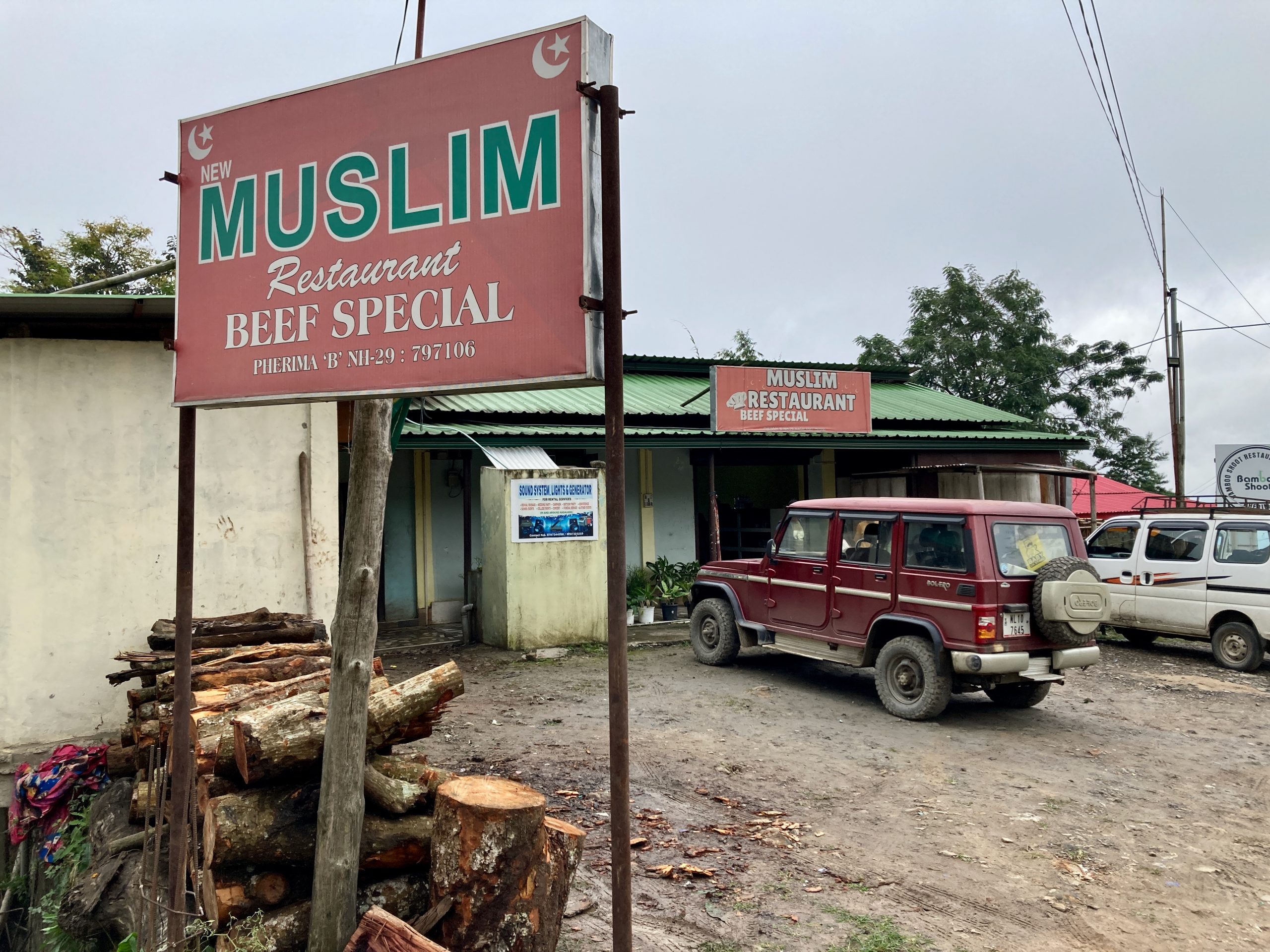 Eatery
Eatery
But Abul doesn’t like beef at all and preferred the place next door. They also had those red laddus there — supposedly just food coloring — and not as sweet as they usually are.
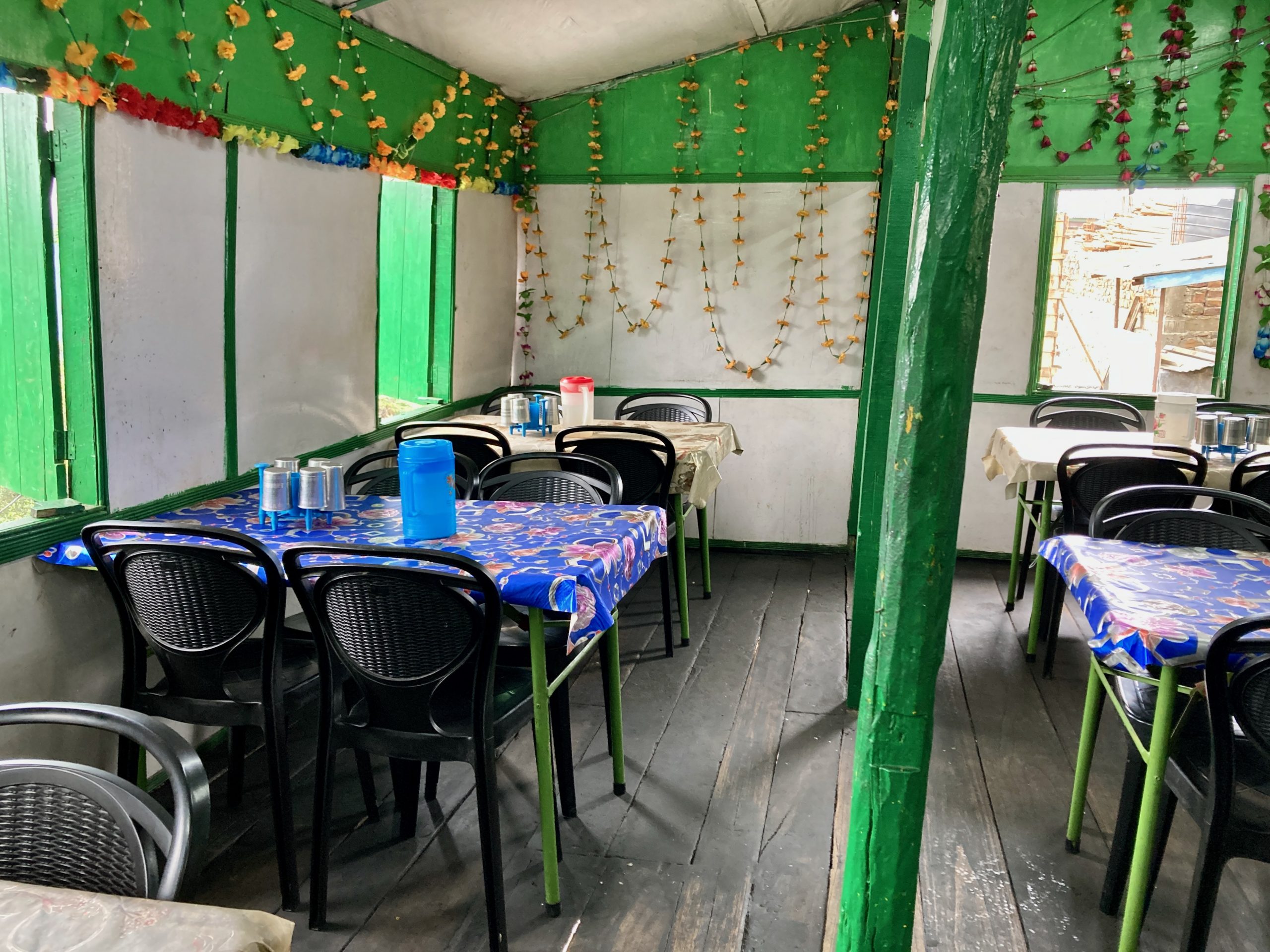 Eatery
Eatery
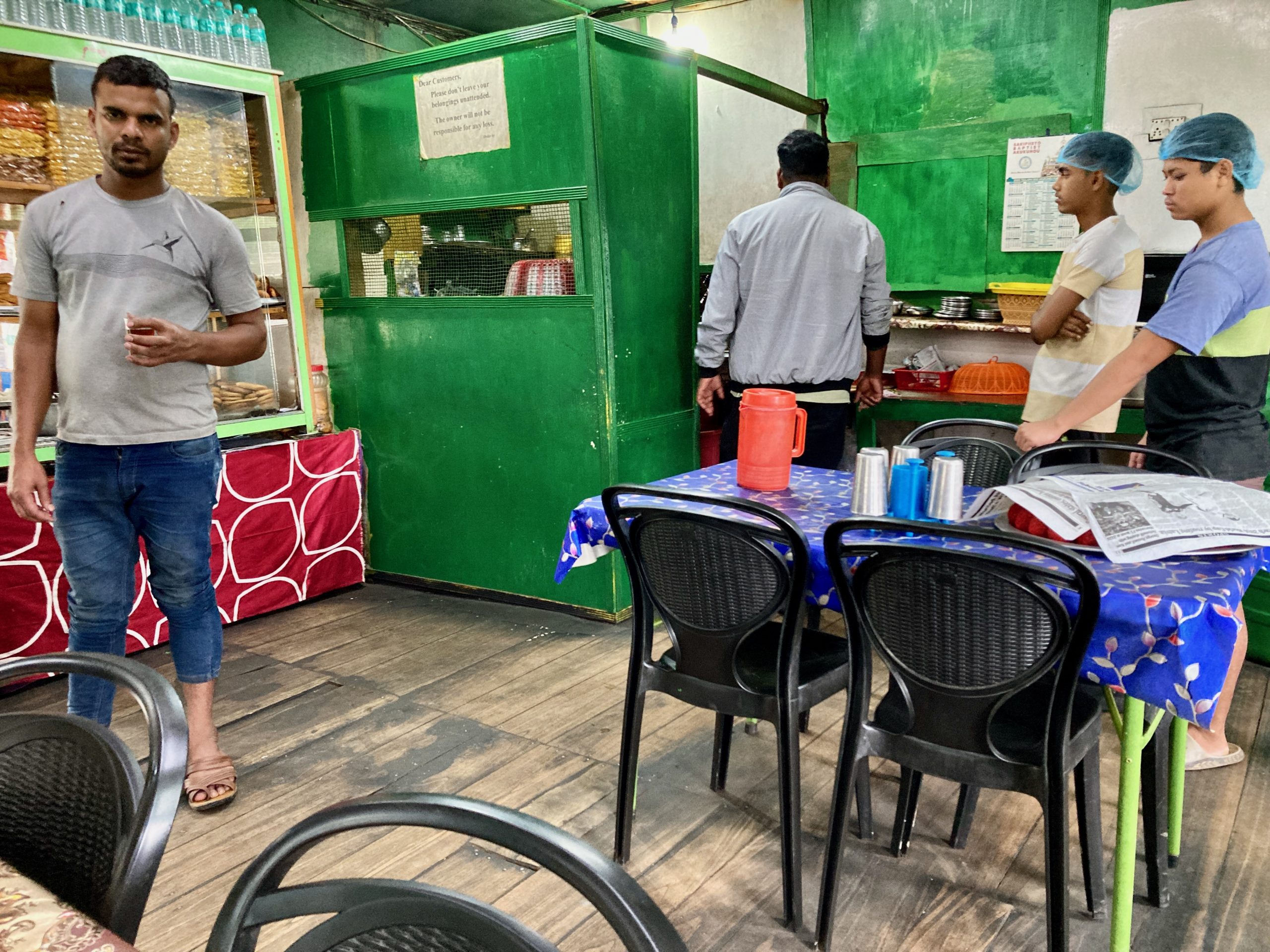 Eatery with people
Eatery with people
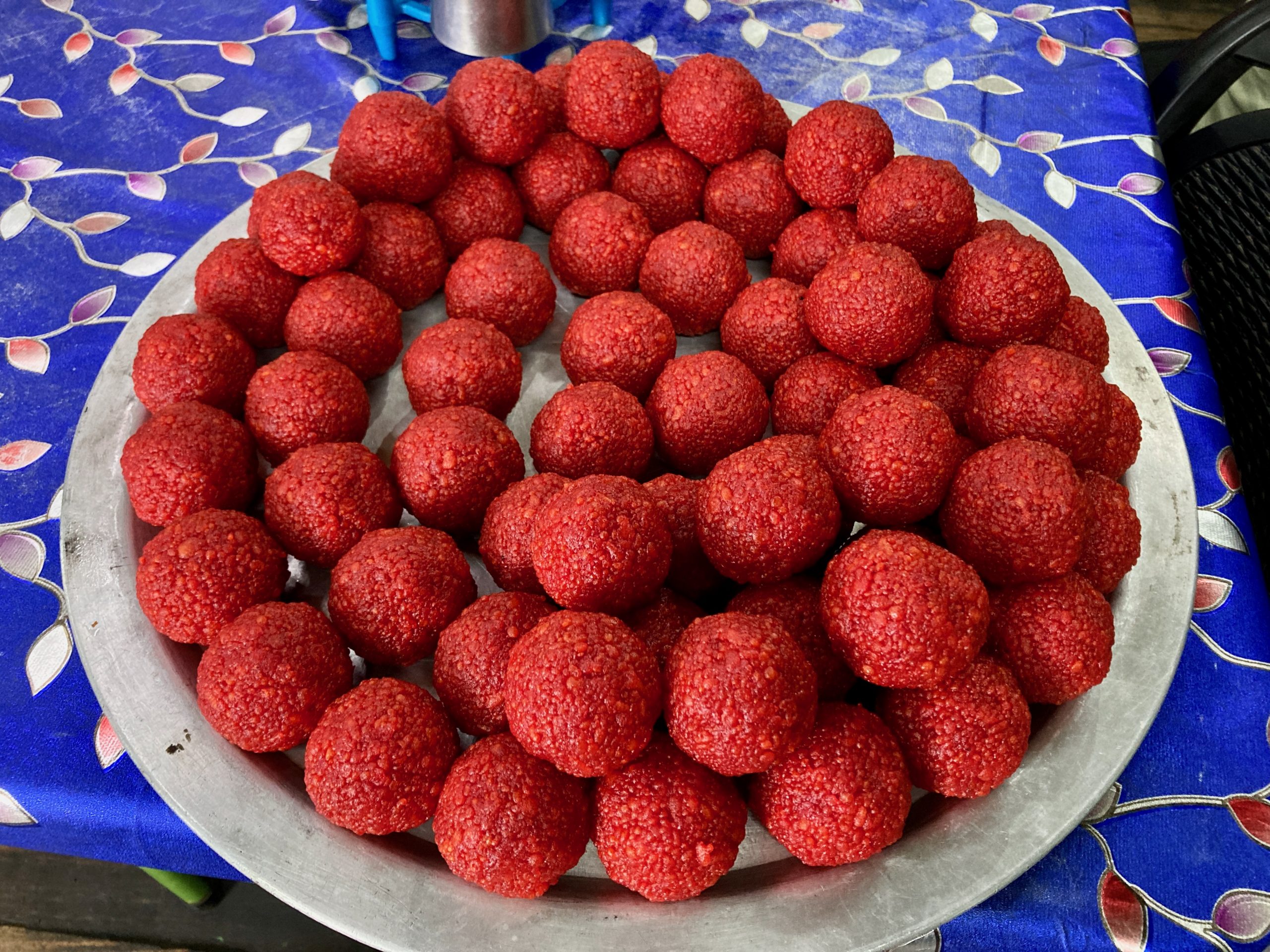 many Lhaddos
many Lhaddos
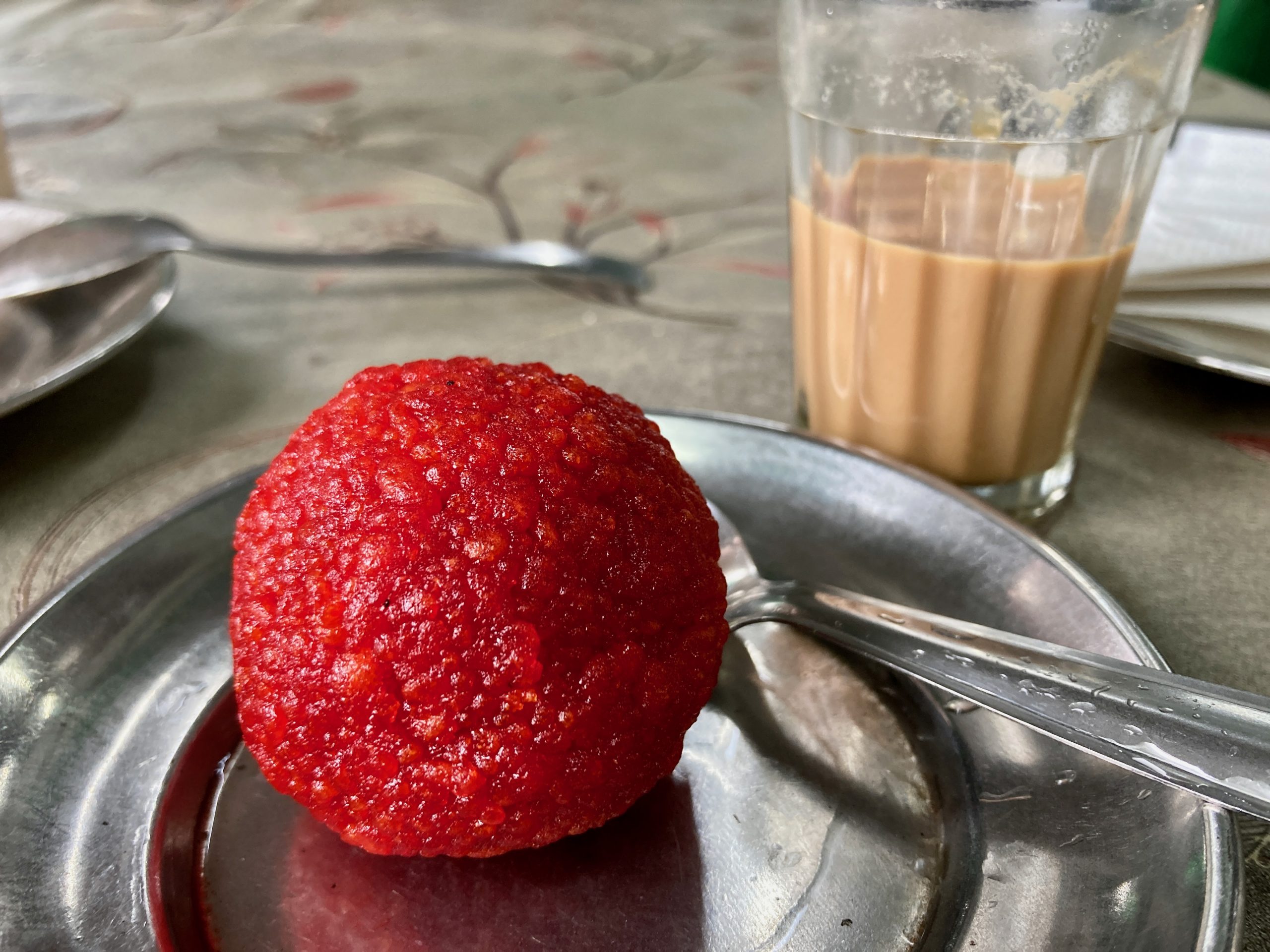 my Lhaddo
my Lhaddo
And then we drove past the place I had chosen — but didn’t eat there after all.
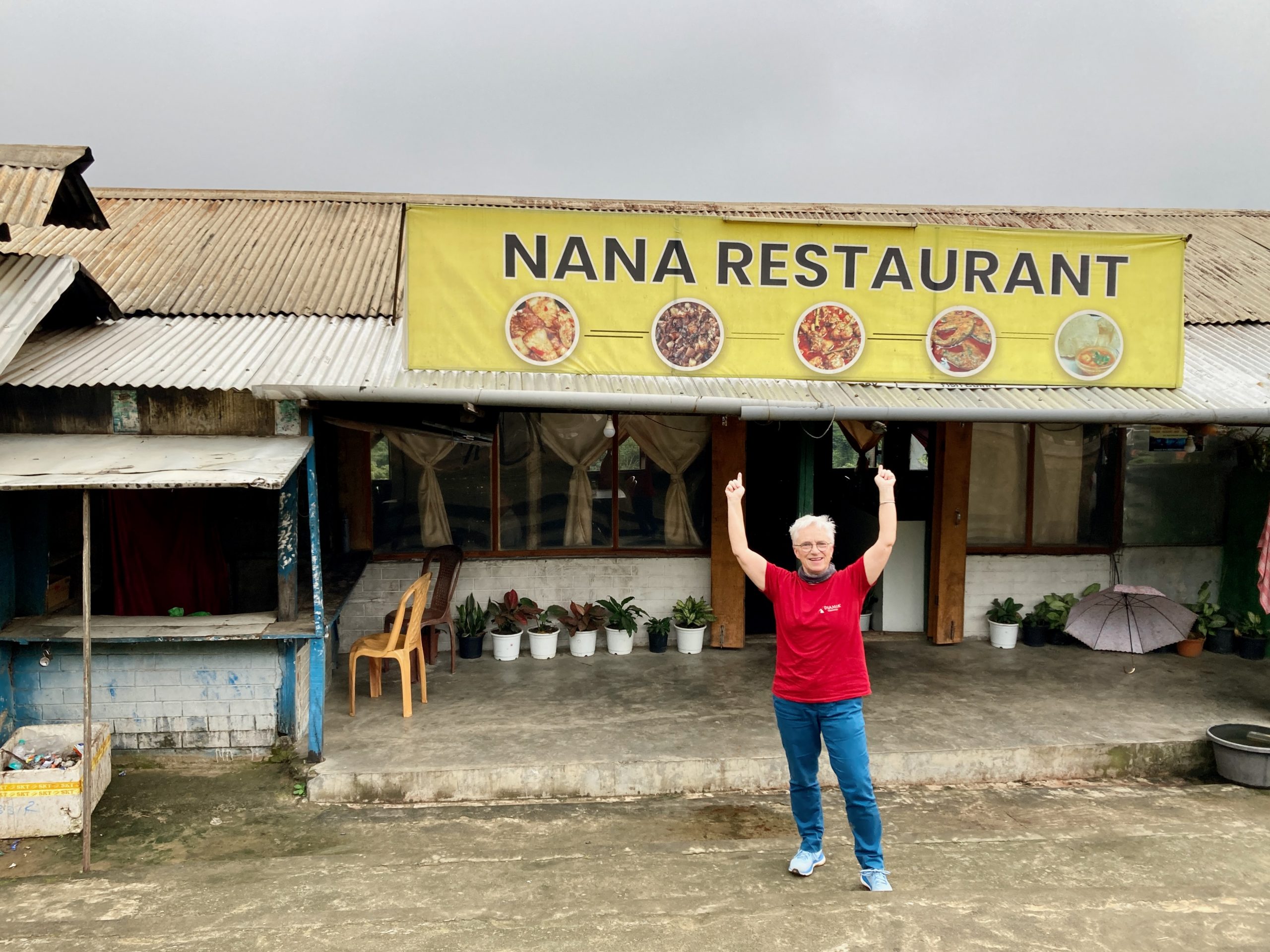 my eatery
my eatery
I was still thinking about the PAP. Supposedly, it was introduced in Delhi because the Nagas don’t exactly feel a strong sense of belonging to India — and because there are also tensions along the border with Myanmar. They even started building a wall there. In any case, foreign visitors are meant a) not to see too much of the border disputes, and b) to be kept safely far away in case of any trouble. How things really are at the border, I have (so far) no idea. Because — there’s also a special case here:
The village of Longwa is half in India and half in Myanmar — the border literally runs through the chief’s house. It’s in the Mon district, home of the Konyak people. Many residents hold both passports and wander freely back and forth. A little fun fact: India and Myanmar are in different time zones. So when people make plans to meet, they always have to clarify which clock they’re going by. I also heard that the village has no electricity, because technically two countries would be responsible for providing it. India offered to install it, but Myanmar refused — and the village chief decided that if one side can’t have it, then neither will. So, no power for anyone… though they make do with generators..
There are so many stories here — but it’s not always easy to tell which ones are actually true. Still, I like sharing them; I just hope I’m not spreading complete nonsense. I’ll always make it clear when something is more of a story than a verified fact.
So far, it seems you can travel to Longwa — there are plenty of reports online. But then why exactly do you need a PAP for all of Nagaland? Maybe it doesn’t really have that much to do with the border after all? Every answer I find just seems to raise another question…..
Here’s a little side trip into the developments of tourism in Nagaland.:
- bUntil the 1990s, there was almost nothing — the region was closed to outsiders
- In the mid-1990s, Naga groups and the Indian government agreed on greater cooperation and peace — and the region began to open up a little
- In 2000, the Hornbill Festival was launched — aimed at preserving Naga culture and fostering unity among the different Naga groups. Tourists began to come, though foreign visitors remained rare since the PAP requirement made things cumbersome
- By 2010, however, word about the festival had spread, and visitor numbers grew steadily. At the same time, there were efforts to promote “tribal village tourism”, with homestays, guesthouses, and small hotels opening up. Locals also began getting involved as drivers, guides, and hosts, making tourism an increasingly community-based endeavor.
- aIn 2011, the PAP for foreign tourists was suspended, and more visitors began to arrive. There were increasing efforts to promote tourism — also as a means of creating peaceful cooperation and a sense of togetherness among all Nagas. Indian travelers also started coming — in fact, many more than foreigners, who accounted for only about 2% of all visitors
- 2020: Corona stopped everything
- 2022-25: There is a Nagaland Tourism Policy that focuses on promoting rural and village tourism, sustainability, support for local businesses, and the development of the digital sector.
So, it all actually sounds quite good. But now what? In its current form, I wouldn’t expect any traveler to go through the PAP process. I’m sure this topic will come up again later — but for now, it’s time to travel and see what else I encounter here: things that might fascinate me, repel me, or simply leave me indifferent…..
By now it rained a little.
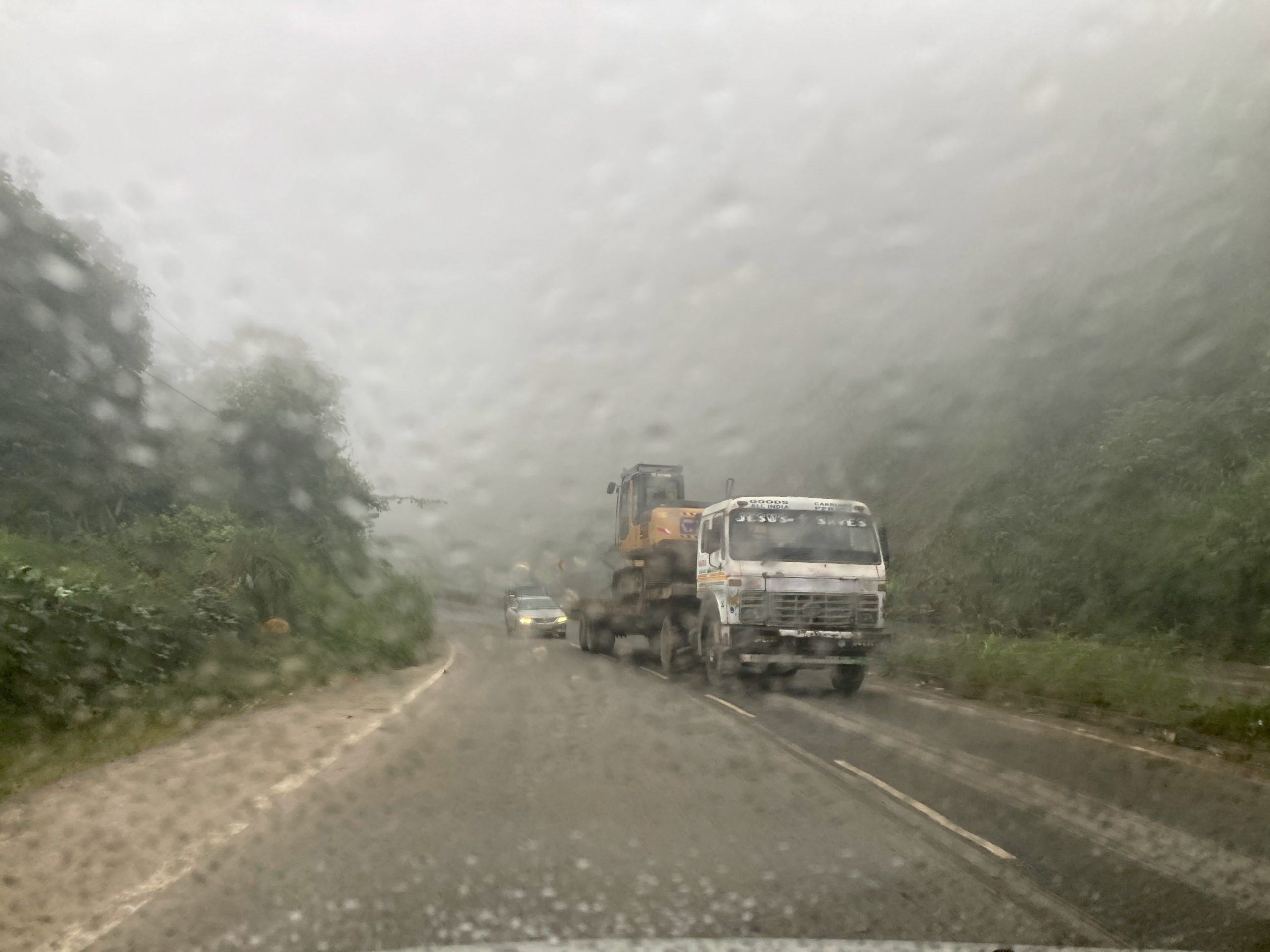 Rain
Rain
And environmental damage was still present as well.
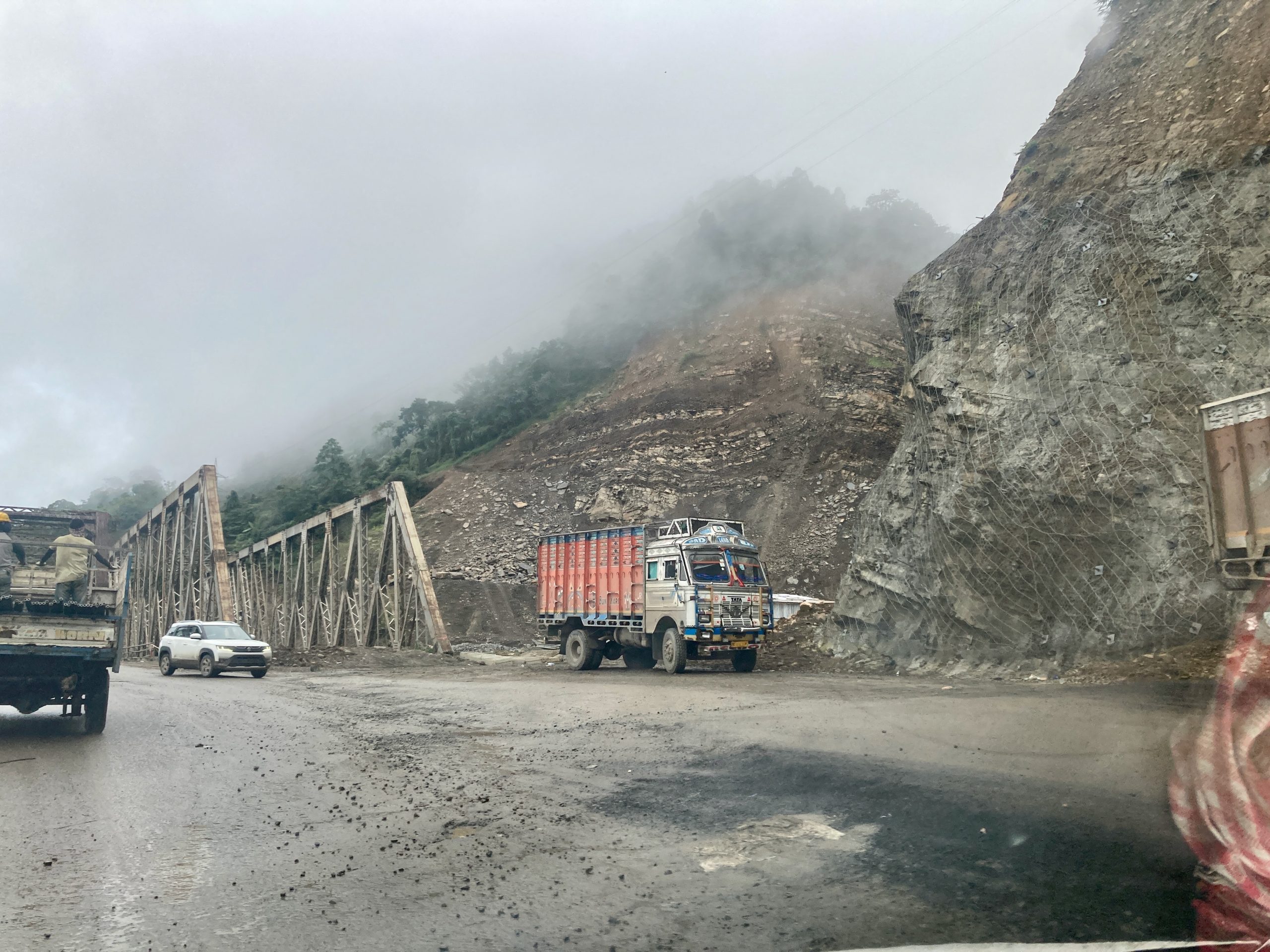 mountain road problems
mountain road problems
And then we arrived in Kohima — and so did the sun! At the ISBT, Abul had to report.
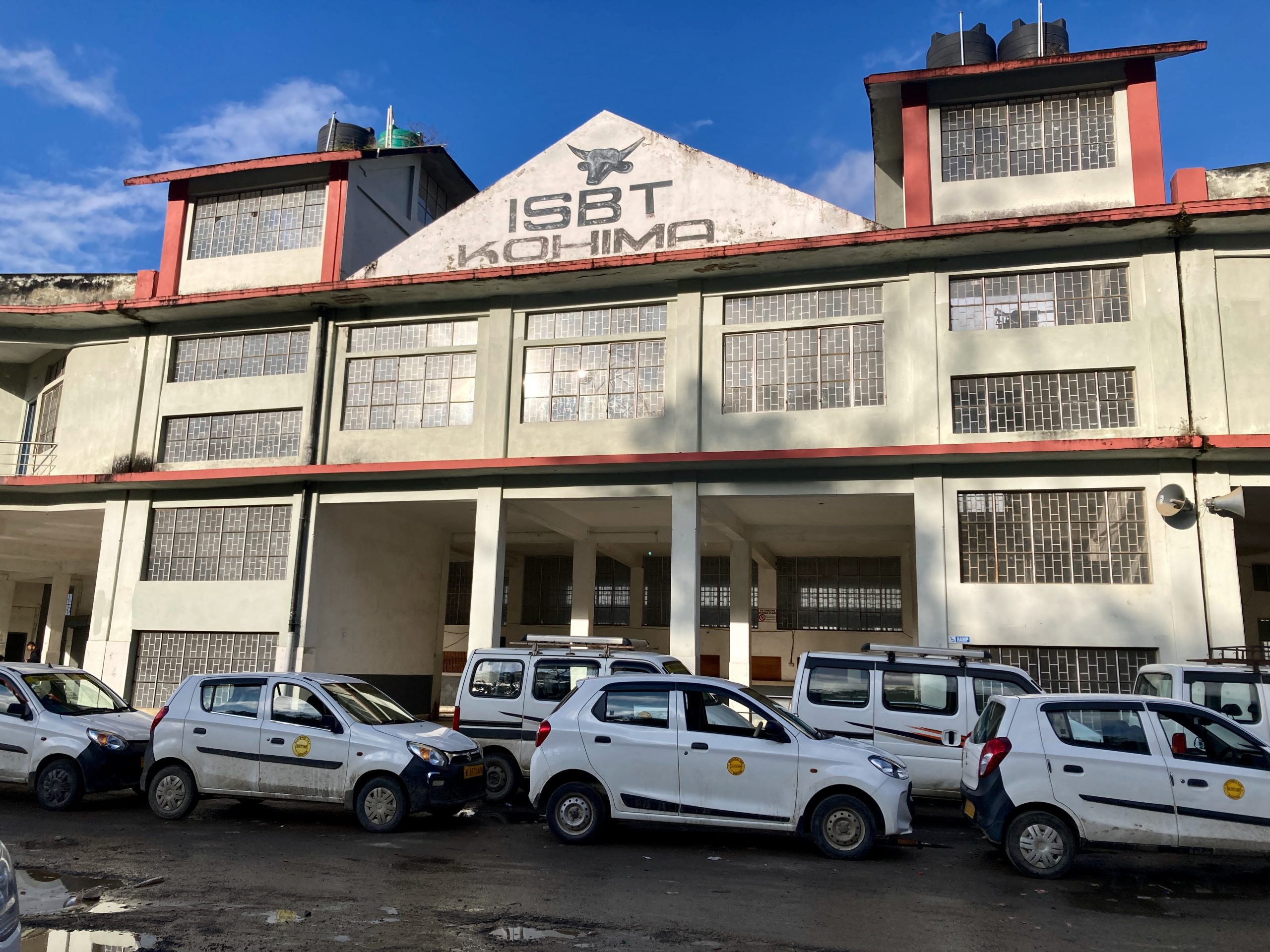 Busstand without buses
Busstand without buses
 gamers
gamers
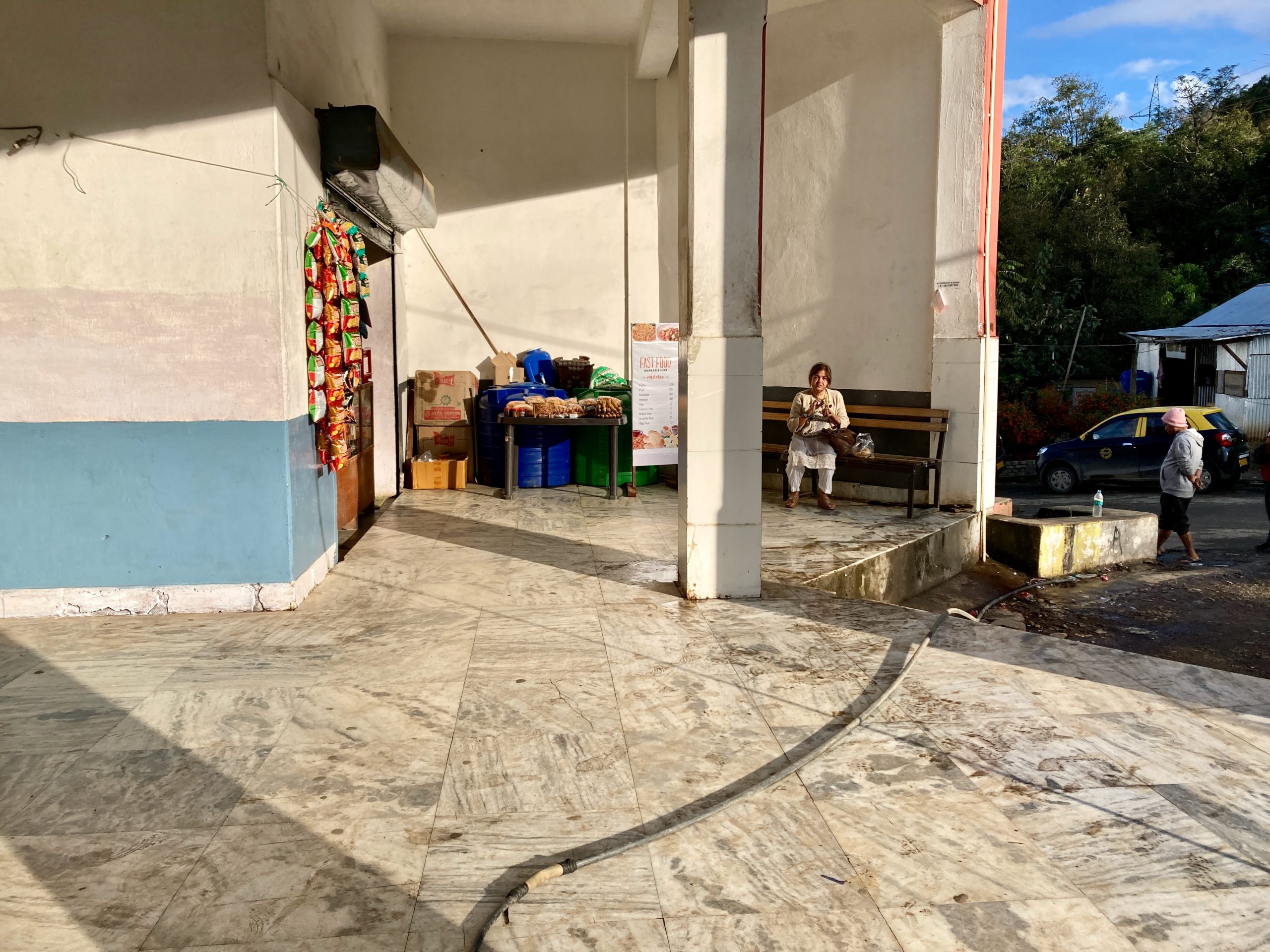 Seater
Seater
We drove to my accommodation, which I had found on Airbnb. Abul called the hostess several times to find the way, and during their conversations they both kept saying “hoi hoi” into the phone — which apparently means something like “ah yes,” “okay,” or “I understand.” First new thing learned! And — yay — I even got a room upgrade! Here are a few photos of the room, and that was more or less it for the day.
 1
1
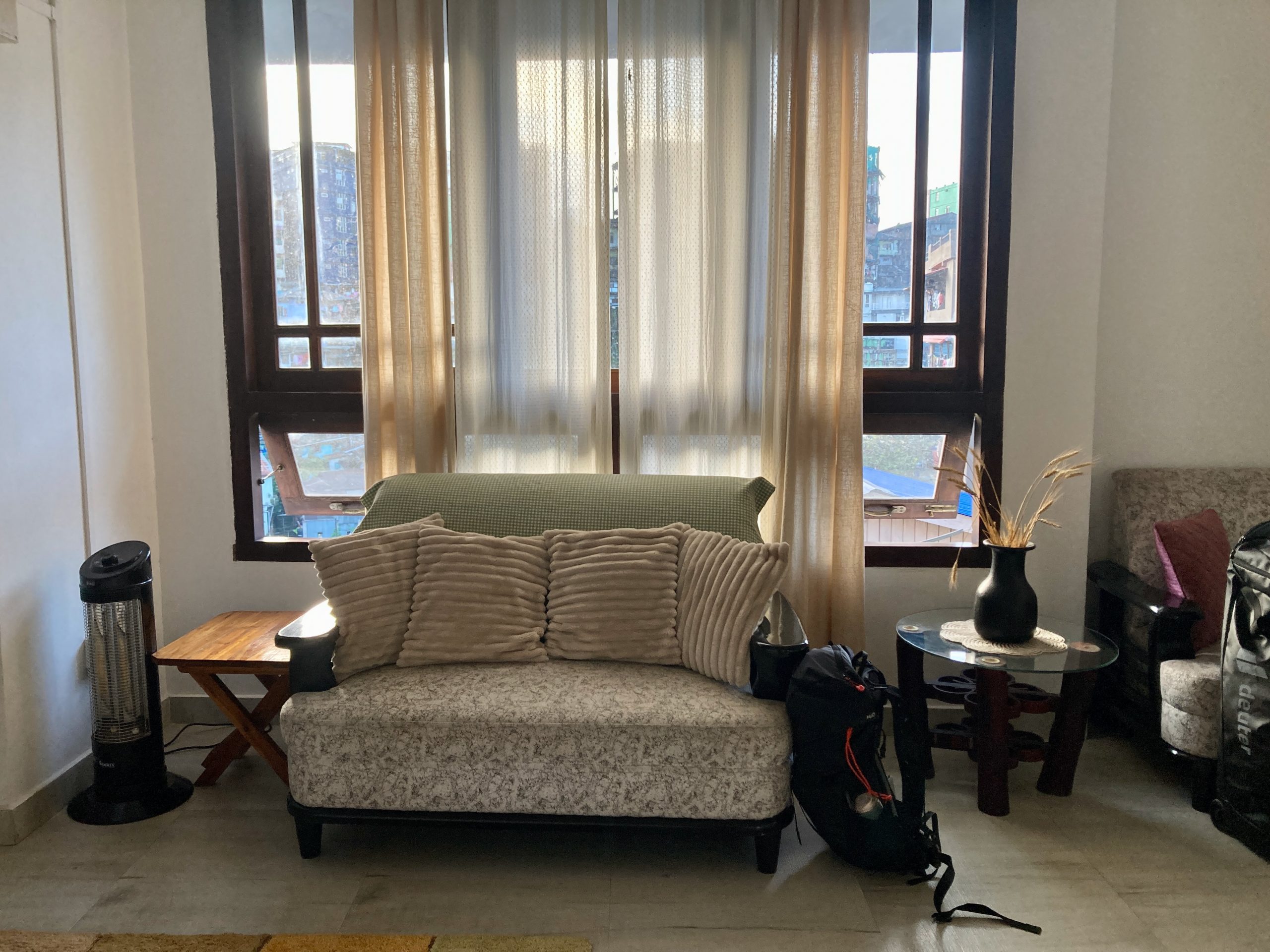 2
2
I was exhausted — and something big was waiting for me the next day. Something that was the very reason I wanted to enter Nagaland on November 6th!
